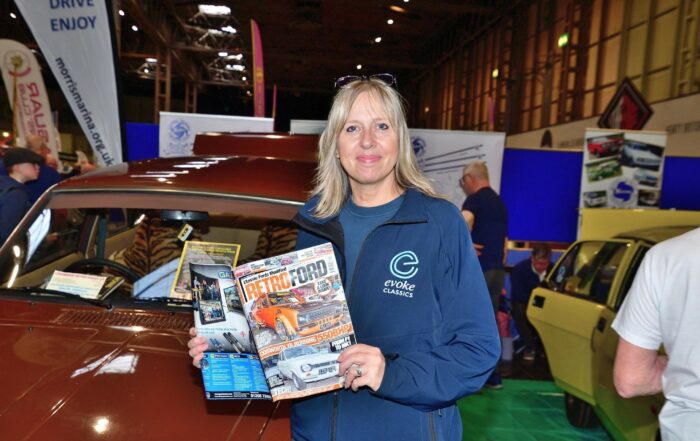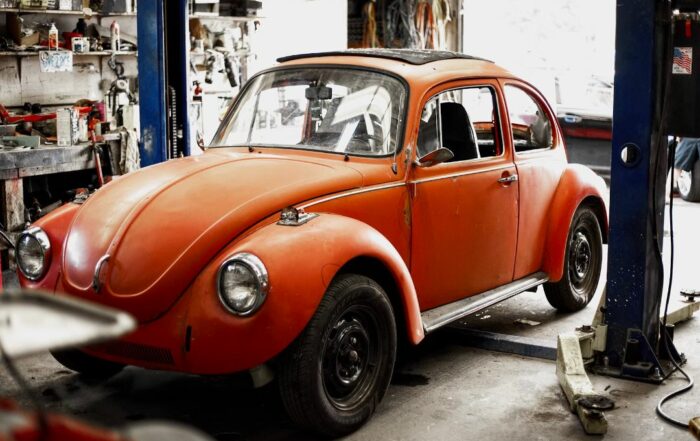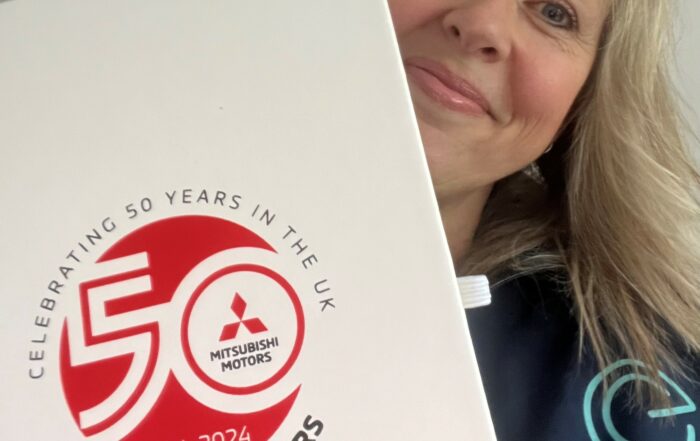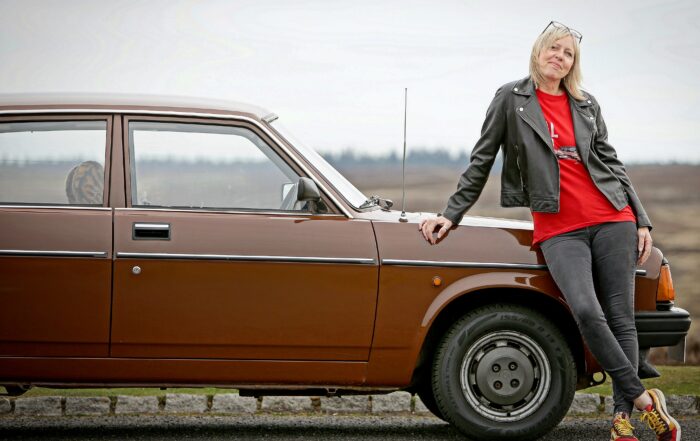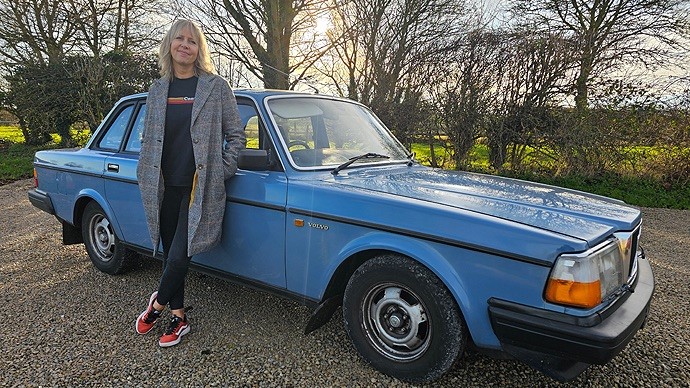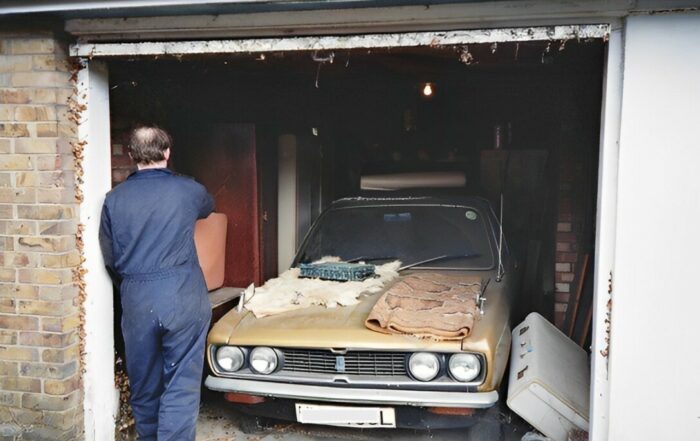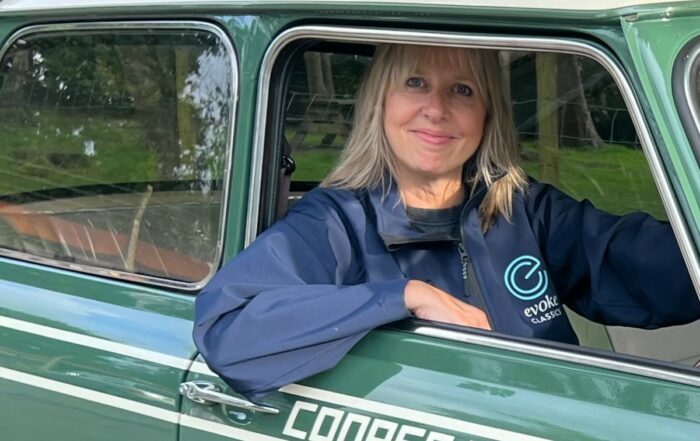The first ever Yorkshire Motorsport Festival was held this weekend and I had a VIP Pass for the whole weekend so here are my highlights..bear in mind small quantities of gin were consumed, responsibly of course.
Friday began with a soggy start, any remarks about a soggy bottom in Yorkshire will be swiftly dealt with. Despite rain sweeping across the hills around Holmfirth, spirits were lifted by a brilliant display on the showground of classic cars, stock cars, rally cars, tractors, trucks and of course the marvellous run up Wolfstone Hill by The Benjafield Bentleys. What a sight and sound those cars made, a simply fabulous start to the weekend.
The sun broke out on Saturday, temperatures rose and the crowd swelled. Another smashing display on the quickly drying field kept everyone’s attention. What a time I had chit chatting about everything from David Brown tractors to Mustangs to Universal Carriers, with the offer of a run up the hill climb with ‘Fast Tony’ in his Merc 500 completing my day.
With all the current talk of electric vehicles, it was a refreshing delight to meet Stanley, powered by steam and totally gorgeous.
Sunday started and in fact continued a little overcast.
Stock cars. Who remembers them? What a treat. Even more of a treat was The Stock Car Challenge sponsored by Yorkshire’s very own Towndoor Ltd. And there was a lovely story about one of the racers in the Challenge that I’ve got to share with you. Mention the name Stuart Bamforth in stock car racing circles and it is instantly recognisable. Stuart was World Champion and truly all round solid bloke. His sad death at the age of 55 in 2002 is still remembered with a Memorial Cup Race by stock car racers. What turned up at the show? One of Stuart’s original cars no less. Could it get any better? Well, yep. His son, Dan Bamforth drove in it the event on Sunday. Brilliant, just brilliant.
I was double lucky on Sunday. I got to do a stint in the commentary box with gob on a stick Mark Stone, now that man knows how to talk! The lovely Martin Ward also managed to grab some great interviews down at the start line, I think he had the best spot down there on Sunday with the Aston Martin Owners Club. He seemed to be enjoying himself far too
much !!
The team from Petrolheads Welcome introduced themselves later that afternoon, an idea born from the owners getting fed up of checking out Google Earth for safe and secure hotel car parks during their holidays. Genius!
There are far too many faces to mention, but you all know who you are!!
Thanks to everyone who had a part to play in the Yorkshire Motorsport Festival, all in all a fabulous weekend had by myself and many, my cheeks hurt from smiling and my voice hoarse from talking, but hey ….. I wouldn’t have it any other way.
